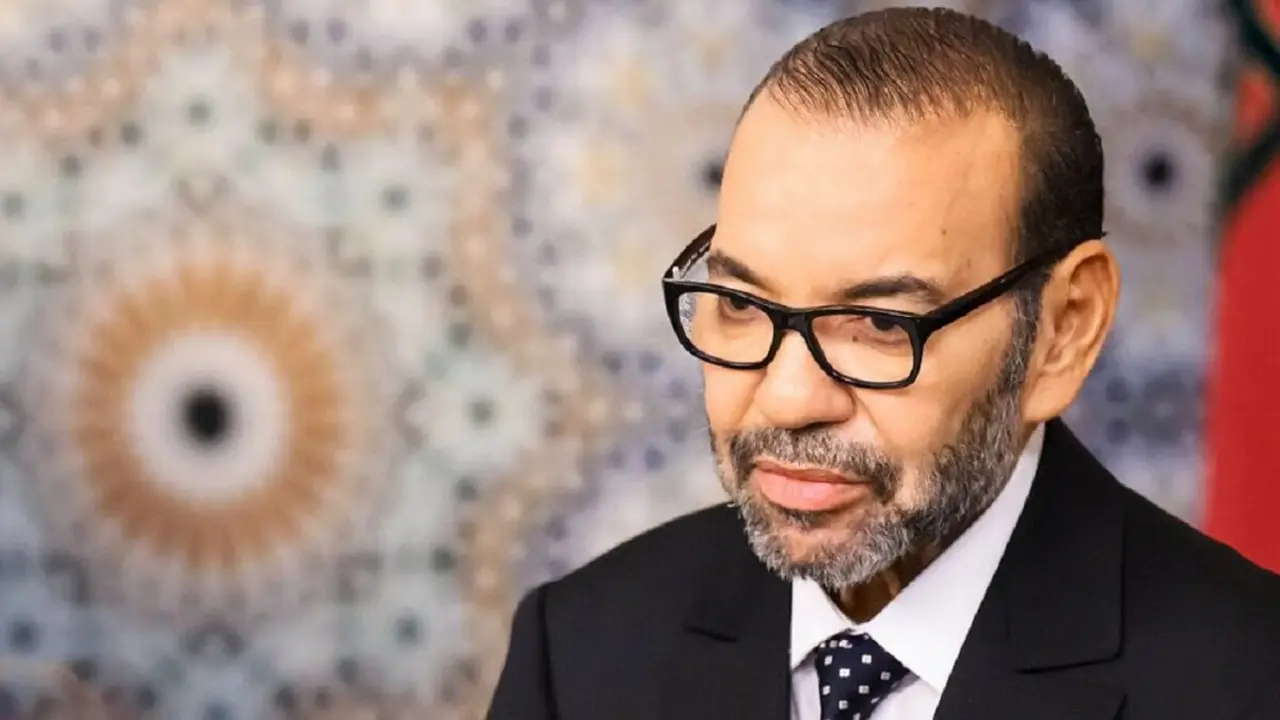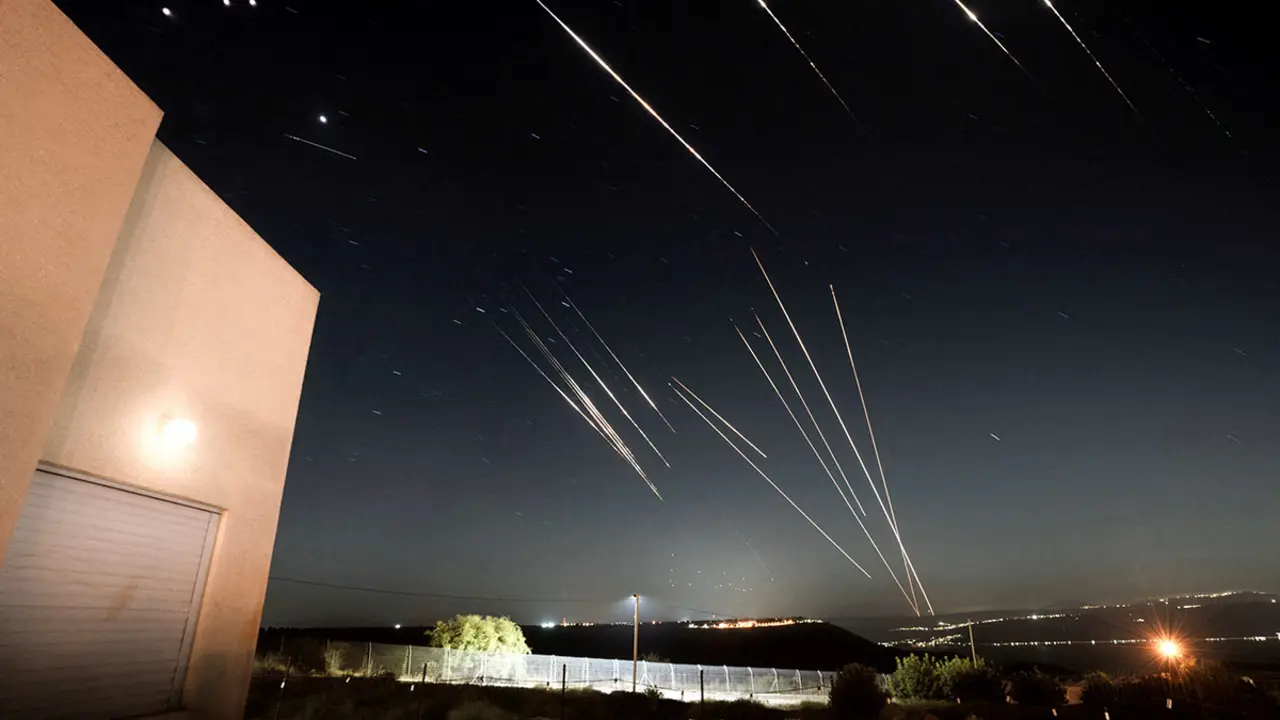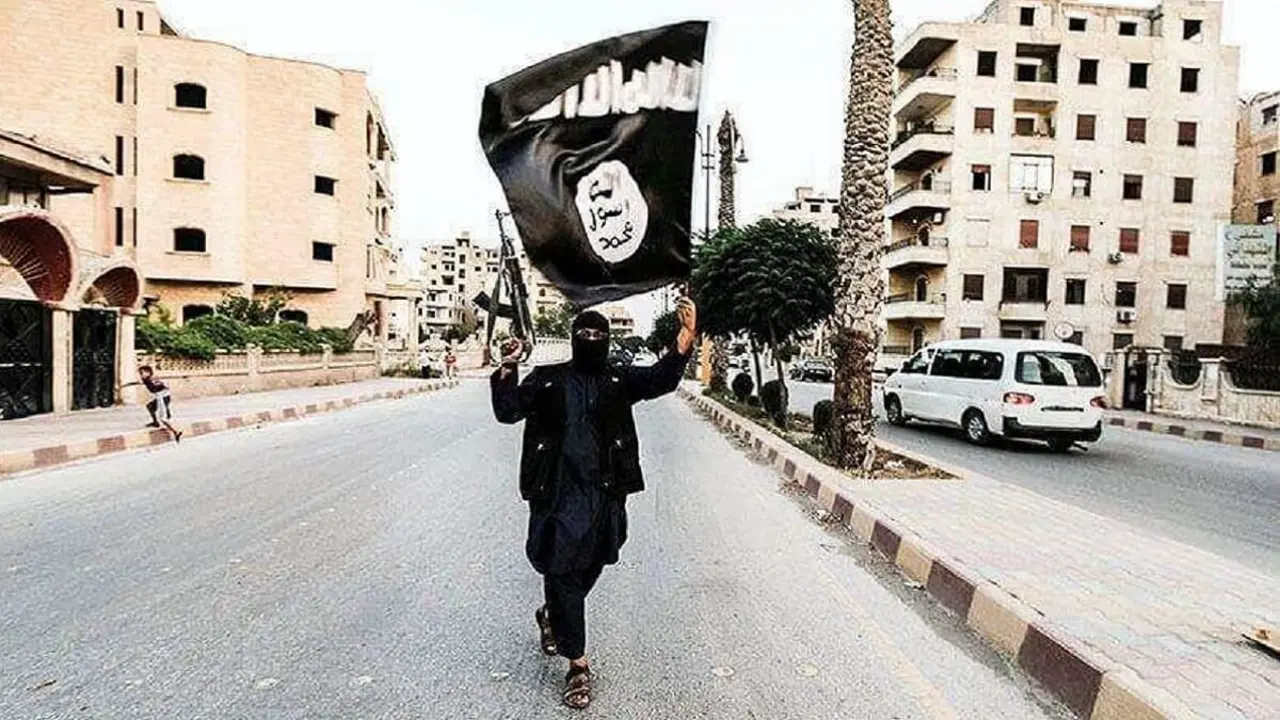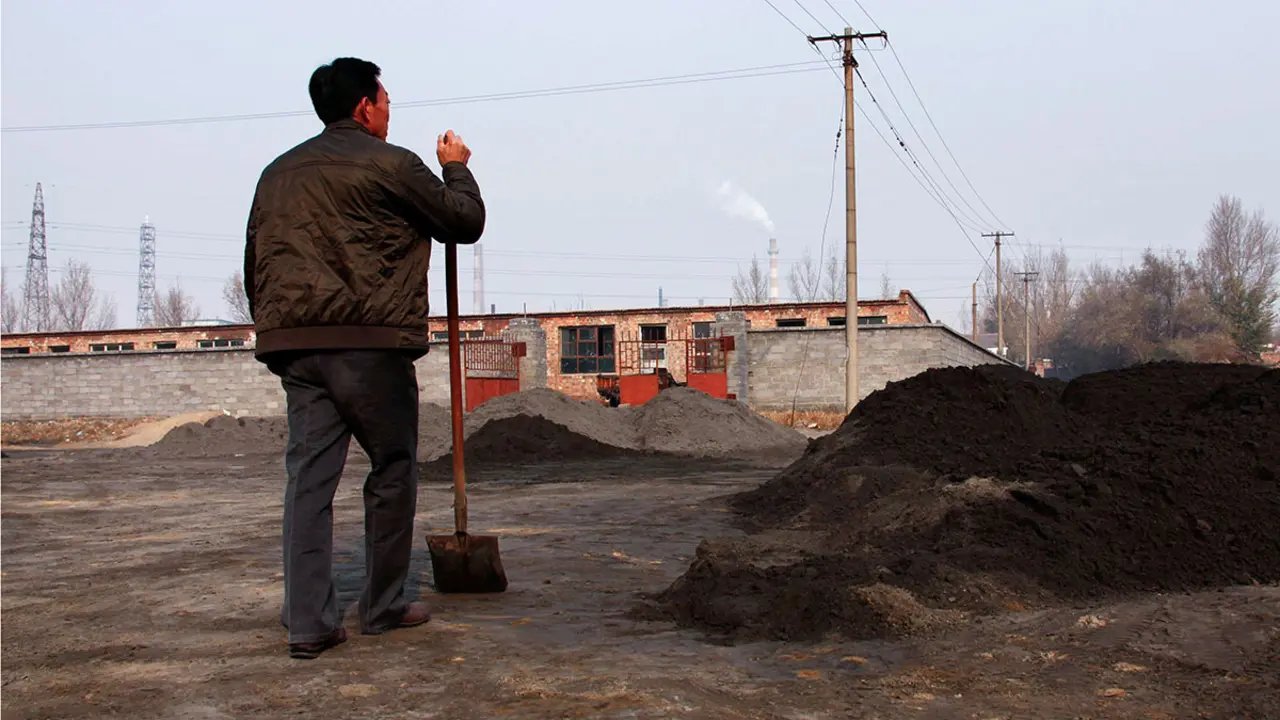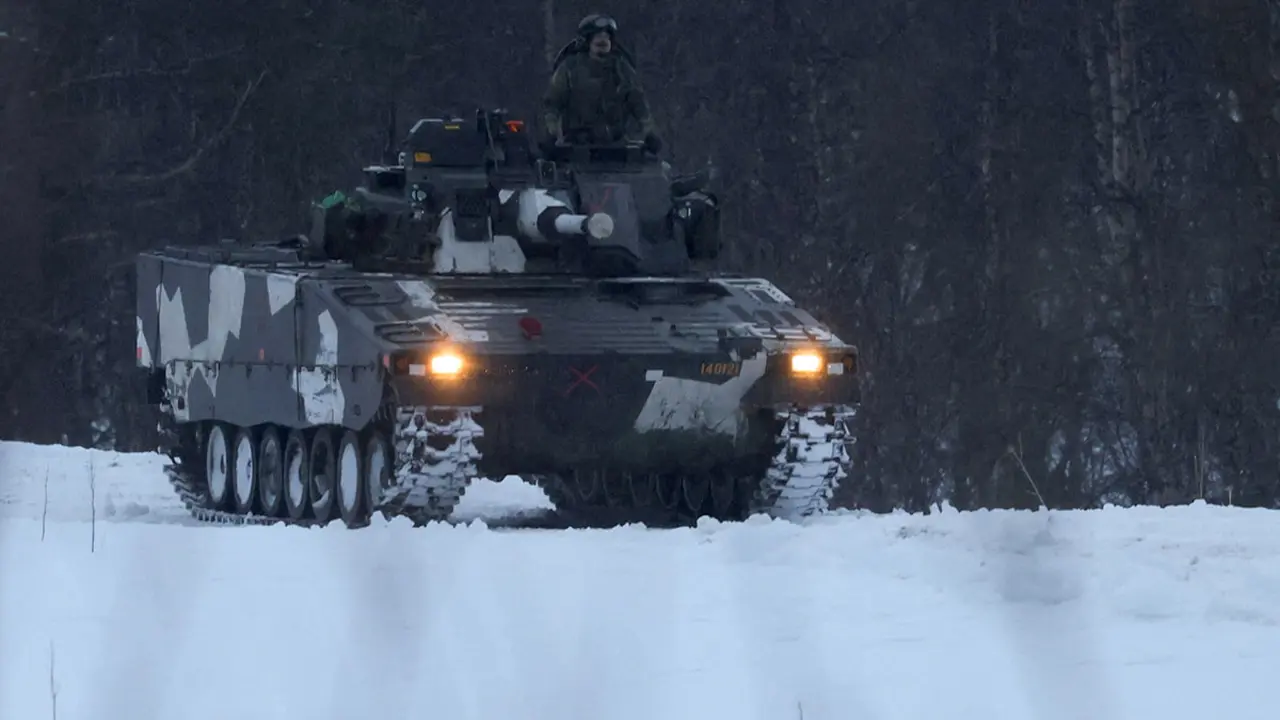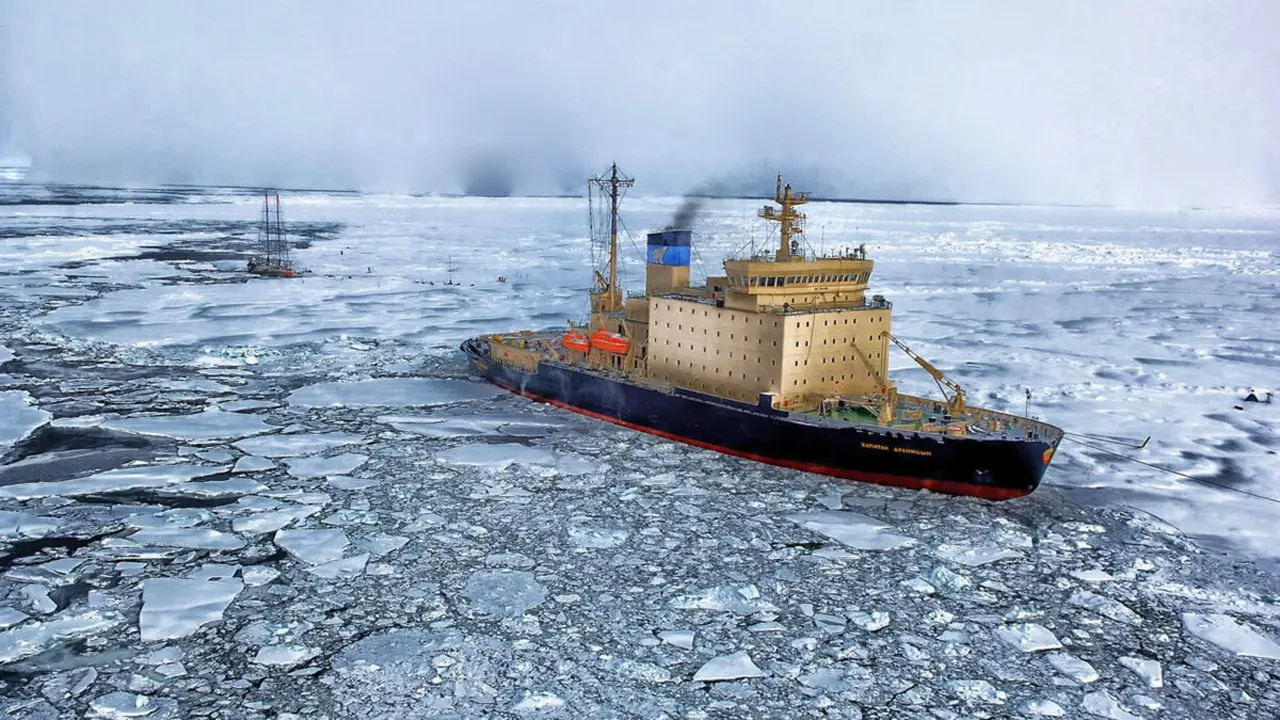Afghanistan in 2021, between Iran and China
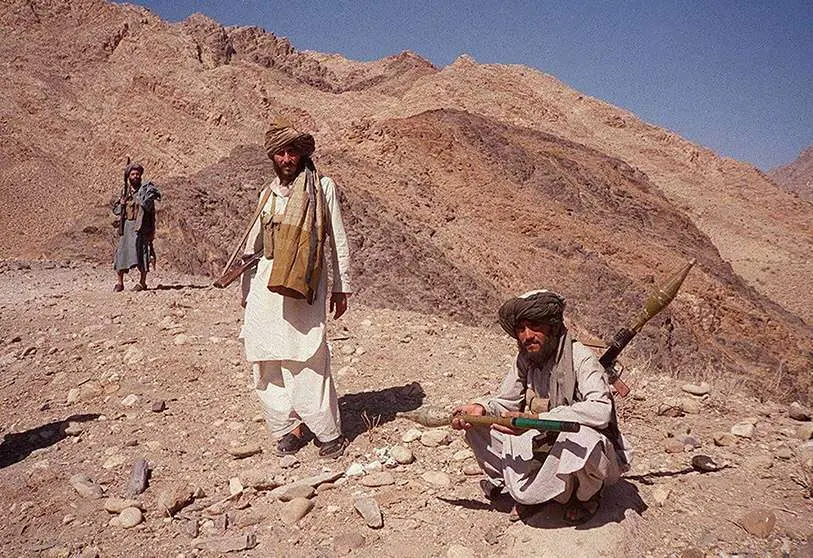
The Islamic Republic and the Chinese nation are showing great interest in Afghanistan.
The impact of the fall of Kabul to the Taliban at the end of August has brought the intervention of two international actors that had remained in the background in their relations with the Taliban.
The position of the United States and its agreement with the Taliban signed in Doha (Qatar) in February 2020 to bring peace to Afghanistan was well known, without which we would probably be in a different scenario today. Russia, on the other hand, learning from past mistakes, has been cautious about how the Taliban will act in power, and if anything, the Russian government made it clear through its foreign minister, Sergei Lavrov, that it was in no hurry to recognise the Taliban as the new Afghan government.
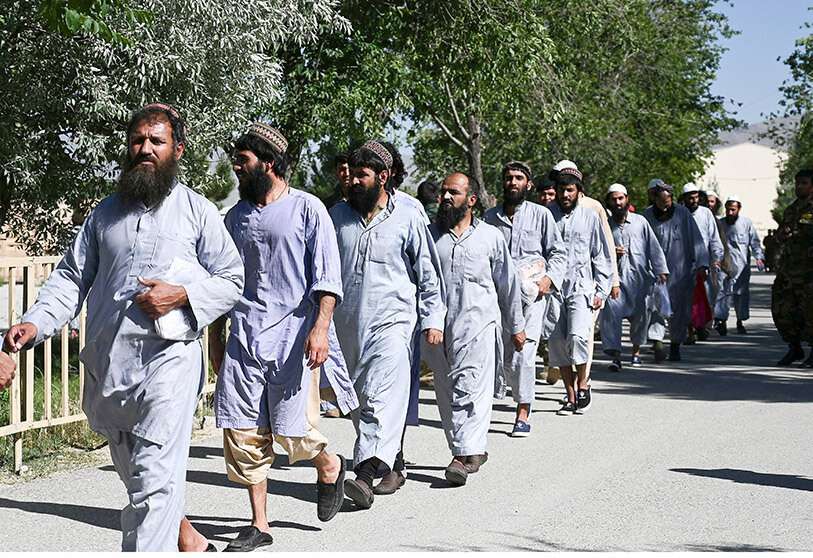
The European Union, likewise, showed its caution and concern by freezing development aid until it saw clear signs of respect for human rights. But there have been two actors whose political and religious peculiarities have drawn attention to the way in which they relate to the Taliban: Iran and China.
Afghanistan is once again plunged into the darkness of history as the Salafist Taliban movement occupies almost the entire country in a surprisingly swift manner.
Twenty years have passed since the first Taliban movement was forced out of power by the war initiated by the US, Britain and some of their allies, accusing them of having given logistical support to Bin Laden and his Al-Qaeda organisation, responsible for the terrorist attack on the twin towers in New York in September 2001, which killed more than 2,700 people.
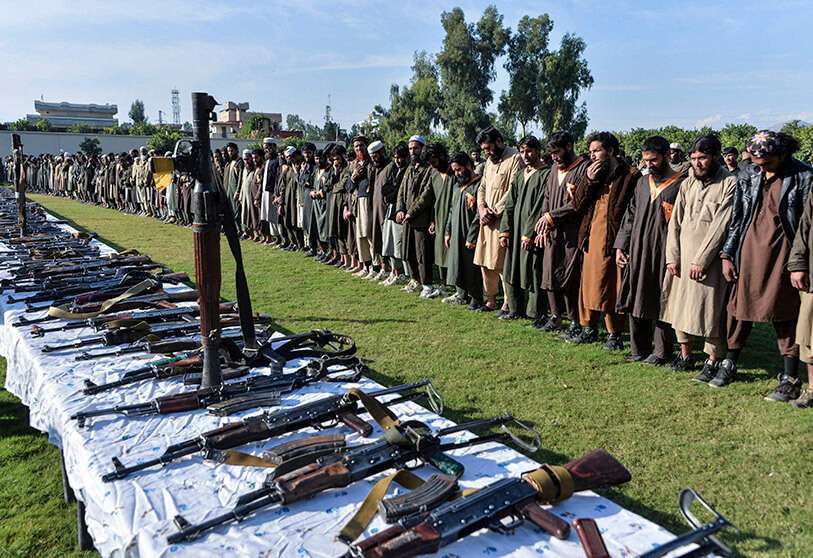
The first Taliban movement was in power from 1996 to 2001, which, like the current one, was made up mostly of members of the country's ethnic Pashtun majority, who occupied key government posts to the detriment of the persecuted Hazaras and Uzbeks. But unlike the first Taliban government, the Taliban that entered Kabul this August have been surrounded by a number of countries that, while not allies, have made an approach to the Salafist movement that no one would have thought possible years ago, whether for strategic, economic or other reasons.
One of the countries that has maintained direct or indirect contacts with the Taliban is Iran, whose Ayatollah regime has ruled the Persian country since 1979 and whose relationship with the Taliban has had phases of confrontation and others of détente.
The worst moments in their relations came in 1998 when one of the largest massacres against Iranian personnel took place, when 10 diplomats and a journalist were killed at the Iranian Consulate in the city of Mazar-e-Sharif. The consulate was occupied by Taliban forces as they entered the city which was held by the opposition Northern Alliance which the Iranian authorities supported in their war with the Taliban.

The city fell to the Taliban on 8 August and the Consulate was attacked on the same day. Ten Iranian diplomats and an IRNA correspondent, Mahmoud Saremi, to whom Iran dedicates every August 8 "National Journalists' Day" in his memory, were killed, and in 2015 the Iranian film 'Mazar Sharif' was even made about this massacre by director Abdolhassan Barzideh. All of this came close to creating a war between Iran and Afghanistan, with the former deploying a force of 70,000 soldiers on the border, the Taliban defending themselves against Iranian accusations by claiming that the perpetrators of the killings had been uncontrolled.
Relations between the two countries were confrontational until 2001, when the Taliban were driven from power by the US-British operation 'Enduring Freedom'.
From then on, Iran began a rapprochement with President Karzai's Afghan regime, knowing that they shared a common neighbourhood, customs and that central Afghanistan was home to a Persian-speaking ethnic group, the Hazaras.
The Hazaras are of Asian origin and come from the ancient Mongols. Without knowing the exact census, there are about four million people living in central Afghanistan in the Hazarayat region, also spread over parts of Pakistan and Iran, with the latter country having the most common ties, especially the Persian language and religion.
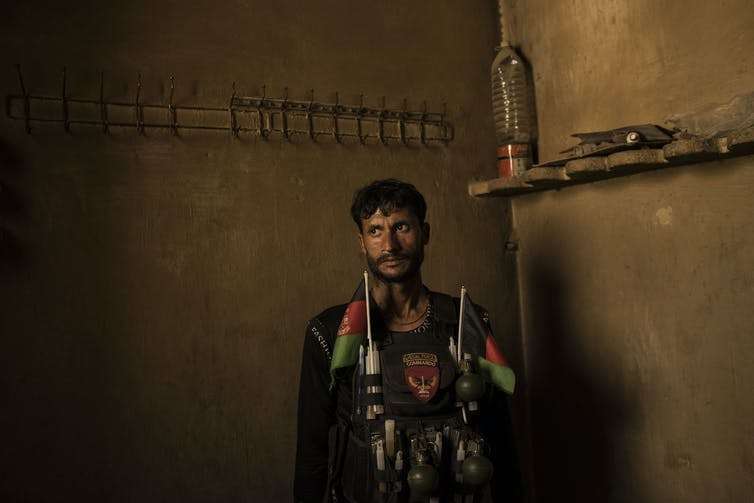
Since the Taliban group came to power in 1996, it has declared jihad against the Hazara people, whom it considered apostates. In general terms, the first Taliban regime, which is known to be of the Sunni Salafist persuasion, considered that Islam should return to its origins, which, according to them, is where the true essence of their religion lies.
Jihadist Salafism rejects any Muslim who does not follow its precepts, especially if those Muslims follow the Shia stream of Islam, which is the Hazara minority in Afghanistan and which has been brutally persecuted by the Taliban, Daesh and Al-Qaeda, all of whom are Sunni. But as mentioned above, the departure of the Taliban in 2001 prompted a rapprochement between the Iranian regime and Kabul, where the then interim president Hamid Karzai was the protagonist of meetings with the Iranian authorities during his term in office, and his mandate would not be understood without his relationship with Iran, especially in terms of economic aid.
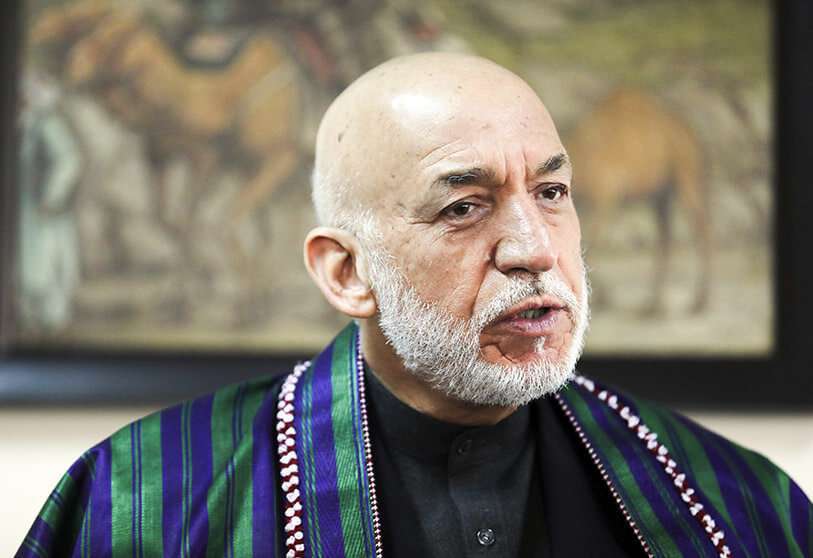
Hamid Karzai came to power after the overthrow of the Taliban in December 2001 and one of his first visits outside Afghanistan was to Tehran (Iran) in 2002, specifically to the Iranian Parliament, where he affirmed that the ties between the two countries are eternal. In 2007, Karzai visited his Iranian counterpart Mahmoud Admadinejad. Karzai mentioned the offer of mediation to ease tensions between Iran and the US as they were friendly countries. Admadinejad rejected US accusations that he was arming the Taliban and made it clear that he supported Karzai because it made the border between the two countries secure.
In 2010 the Iranian president visited Afghanistan again and criticised the continued presence of US troops in the country, stating that "the only chance for peace will be when the US and the rest of the foreign allies leave Afghanistan", but the US reaction to these words was swift and the then US Defence Secretary Robert Gates accused Iran of double-dealing by supporting the Taliban. But the US reaction to these remarks was swift, with then US Secretary of Defense Robert Gates accusing Iran of double-dealing by supporting the Taliban. Karzai thanked the Iranian president for his support, considering Iran a friendly country.
In August of that year, Karzai returned the visit to the Iranian president, a visit that, according to The New York Time newspaper, served to provide Karzai with a large bag of banknotes, which he never denied having received in Kabul and at a subsequent press conference, but he did qualify that it was legal, especially to boost the presidential office.
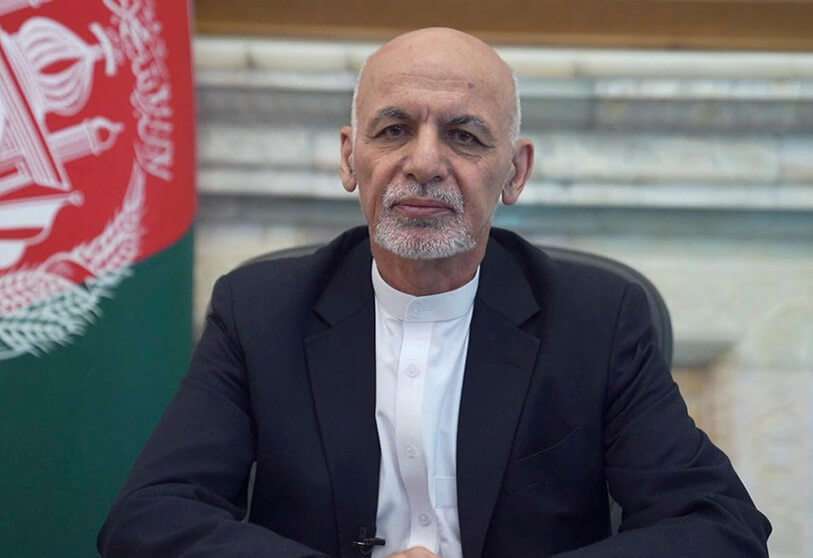
Hamid Karzai's last official visit to Iran in 2013 was to discuss security issues with President Hasan Rohani at a time when he was clashing with the US over the presence of NATO troops in Afghanistan. As can be seen, Karzai's presidency in Afghanistan served to maintain regular contacts with the Iranian regime.
In September 2014, President Karzai stepped down as President of Afghanistan after losing the election to Ashraf Ghani, who became the country's president. Ghani, following his predecessor in office, visited Iran in 2015 and met with his counterpart Hasan Rohani, agreeing to share information on terrorism.
The visit was repeated in 2016 to sign a trilateral transit agreement with India to develop the Iranian port of Chabalar and save India from transit through Pakistan. Since the Taliban's exit from power in 2001, while Iran maintained a regular relationship with its counterparts in the Afghan presidency, it did not publicly have any relations with the Taliban, but November 2019 came and Iranian Foreign Minister Mohamad Javad Zarif received a Taliban delegation led by Mullah Abdul Ghani Baradar who was one of its founders. The reason for the meeting was to encourage a possible dialogue with Afghan President Ashraf Ghani, whom the Taliban considered a US puppet.
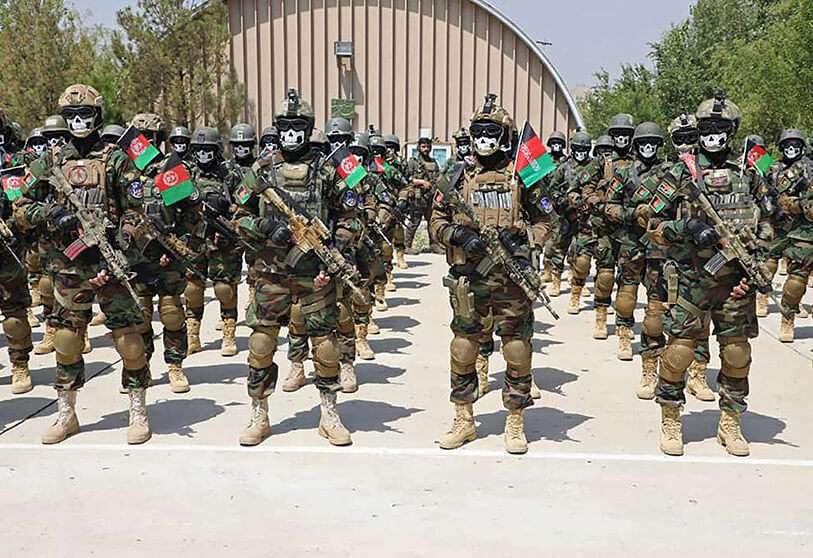
The Iranian regime stated in the media that in September of the same year it held a meeting with the Taliban with a view to facilitating a ceasefire with the US and discussing a possible withdrawal of these forces from the country. Iran did not miss the opportunity to be present in Afghanistan and show its rejection of US foreign policy, the backdrop for the authorities of the Iranian regime being the abandonment of Afghan territory by NATO forces, as was eventually embodied in the Doha agreements of February 2020 between the Taliban and the US, which established an agreement for the withdrawal of US troops, as was eventually carried out.
As early as 2021, Iran was once again present at the talks between the Taliban and the Afghan government, requesting that all Afghan groups be present at the peace talks, probably with the Shiite Hazara ethnic group in mind.
The Iranian regime's foreign policy moves in Afghanistan have been surprising, as they were in Syria and Iraq. The Iranian regime has used pragmatism over the years, or a cross-cutting approach, to reach an understanding with different Sunni factions in conflict, be it the Afghan government or the Taliban, and even with Al-Qaeda, according to some US government sectors, which the Iranian regime has strongly rejected.
Iran has been waiting expectantly for the final withdrawal of Western forces at the end of August and how its regime could help the constitution of the Taliban regime, which is why the Iranian regime was willing to cooperate with the Taliban despite religious differences, aware that the stability of these relations would depend on external factors; Pakistan, for example, which would not welcome Shia influence extending beyond what King Abdullah of Jordan called in 2004 the "Shia crescent" of Iran, Iraq, Syria, Lebanon and Bahrain, which he said "would be very destabilising for the region".
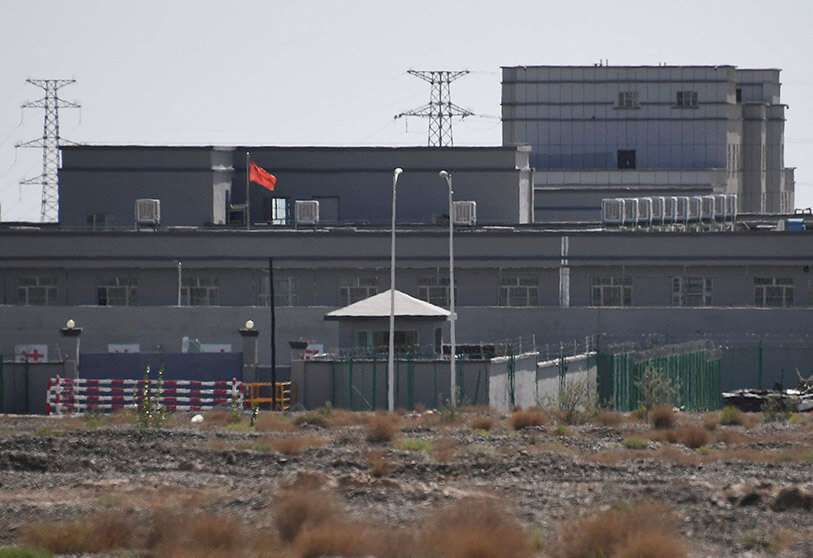
In the past, the Islamic Republic has been aware that in a conflict with the US most Sunni Arab countries would side with the US, but now with this new scenario, Iran will play all its geopolitical and geostrategic trump cards knowing the opportunity that lies ahead. That is why Iran has kept its embassy open in Kabul, showing its conciliatory face.
But Iran has a great and main enemy in the area and it is not a specific country, it is the terrorist organisation Daesh, enemies on the battlefields of Syria and Iraq, equally enemies of the Taliban and, as we have seen, the cause of the massacre at Kabul airport and abroad the day before the end of the evacuation with almost 200 dead.
The Taliban regime was thus confronted with the first attack by Daesh, who see the Taliban as traitorous Muslims who do not apply the Sharia. Everything suggests that this will not be the first attack and that Daesh will try to destabilise the Taliban government and the whole area as much as possible, all this confirmed in a message from Daesh itself in its magazine Al-Naba no. 302 of 3 September, in which it promised "a new phase of jihad", not forgetting Al-Qaeda, which is the other power in the shadows in Afghanistan and which is close to the Taliban regime.
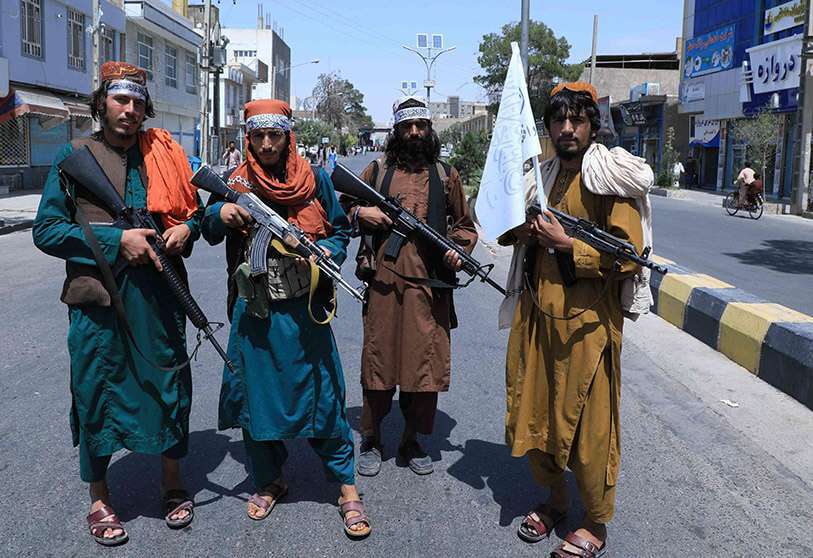
Meanwhile, Pakistan, which once welcomed the Taliban leaders after their defeat in 2001, views Iran's foreign policy towards Afghanistan with many reservations, especially because the more radical and Pakistani-influenced Taliban, the so-called "Haqqani Network", does not welcome the relationship with Iran, Despite the fact that, as Iranian political analyst and professor of political science Medhi Motaharnia told EFE on 26 August, "Iran was trying to ensure that good ties with the Taliban would prevent rather than cure".
While Iran has been present in Afghanistan in one way or another from the beginning of the Soviet invasion until now, the case of China is different, since its geopolitical position with respect to Afghanistan, although they share a border of little more than 70 kilometres, is marked by the autonomous region of Xinjiang.
This region has given China a lot of trouble because it is home to the Uighur people, a Muslim-majority ethnic group that has little identification with Chinese history and very little in common with the Han ethnic majority in China.
The territory borders Afghanistan for 70 kilometres, but you have to go back in time and look into history. When Mao came to power after his revolution more than 70 years ago, he found a region inhabited by millions of Uighurs who had their own religion, Islam, spoke a dialect derived from Arabic and had no intention of joining the Maoist revolution. Since Mao came to power, this has led to serious clashes with the Chinese regime, especially in the last 20 years.

Among such events we can highlight serious attacks, arrests and deaths, with the most serious attack in Urumqi, the capital of Xinjiang, in 2014, committed by Uighur separatists who used two all-terrain vehicles to run over people in a market in the capital while throwing explosives, resulting in 30 deaths, most of them Han Chinese. This prompted a strong reaction and condemnation from Chinese President Xi Jinping.
In March 2017, Xi Jinping made a tough speech in which he outlined a plan to stabilise the Xinjiang region, stating before the National People's Congress, China's highest legislative body, the need to build "a great iron wall" to safeguard national unity, security and social stability in the autonomous region. Xi emphasised the symbiosis needed between the military, police, civilians and the government to create a security barrier, given Xinjiang's strategic position.
It was obvious that the mention of the security barrier meant that it would take action on the issue of Uighur separatism. The Chinese government opened the "Vocational Education and Training Centres" in order, according to local authorities, to combat terrorism, extremism and promote social integration. In contrast, the US Under Secretary of Defense for the Indo-Pacific, Randall Schiver, said that at least one million people had been interned in these 'concentration camps'.
The truth is that, to this day, the Chinese regime is still very concerned about the presence of international jihadism near its borders and even more so knowing that ethnic Uighurs have been placed in war zones such as Syria or Iraq, forming part of Al-Qaeda or Daesh, which led the Chinese regime to believe that these individuals now had military training and could at some point return to Xinjiang.
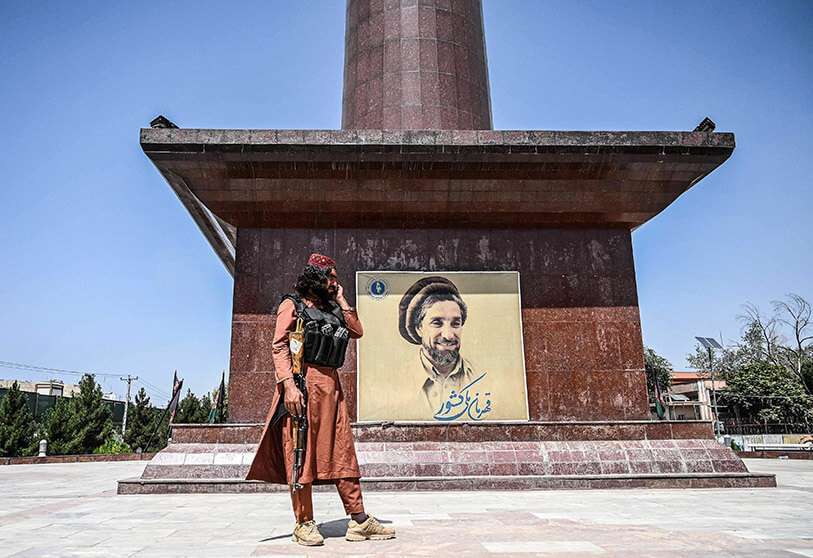
A 2017 report by the Israeli Foreign Ministry addressed this issue and placed thousands of Chinese Uighur nationals fighting in Syria, about 3,000 with the then Al-Nusra Front (Al-Qaeda) and a few hundred with Daesh.
For all these reasons, China wanted to strengthen its little more than 70 kilometres of border with Afghanistan in Xinjiang, and so at the end of July of this year and before the Taliban began their final offensive, it held meetings with delegations from the Taliban regime, so that the situation on the other side of its border would not get dangerously out of hand and endanger the stability of the Uighur region, despite the fact that the border is 5,000 metres high in a mountainous area where there is no road. China thus offered to host a dialogue between the warring parties in Afghanistan, but made it a condition to combat the East Turkestan Islamist Movement, a Uighur separatist organisation.
On the commercial side, China signed a contract with President Karzai in 2007 to exploit the Ainak copper mine near Kabul, which would be a major commercial asset for the Chinese group Metallurgical Group Corporation, which was granted permission to exploit the mine's resources for 30 years. China paid the Afghan government almost $3 billion for this concession.
China also intends to incorporate the Taliban regime into the China-Pakistan economic corridor and to this end would be willing to carry out numerous energy projects and with them economic projects, such as the extraction of lithium, a mineral with large reserves in Afghanistan.
China would not be interested in getting involved militarily, given the consequences of the attrition that the US and the former Soviet Union have suffered, but it would take advantage of the economic possibilities of Taliban Afghanistan, using its ally Pakistan, which outside Afghanistan knows the Taliban best.
Such motivations have led China, with its policy of international economic and commercial expansion, to seize this opportunity to occupy US space. As can be seen,
China's geo-strategic move seems to be a skilful one, although not without risks as we have seen.
China would be trying to convey to its future partners in the Taliban regime an image of trustworthiness, someone who can be relied upon, especially in terms of making lasting pacts, especially with the announcement on 9 September by Chinese Foreign Minister Wang Yi to donate $31 million to Afghanistan in grain and anti-COVID vaccines.
Nor should we overlook the "New Silk Road" project, in which maritime and land trade between China and Europe could have Afghanistan as one of the protagonists, as is currently the case with Pakistan, which is why China is willing to invest in that country for its reconstruction and, incidentally, to boost Chinese international trade.
The Chinese regime, above all, is very aware of 'realpolitik' and power relations in the international arena, knowing that China has extended its economic and commercial power to large parts of the world in a spectacular way over the last 20 years, going for example in the year 2000 from being present in only one country in South America to being practically present in the whole continent, as is the case with Africa, Asia, Australia and part of Europe, continents in which the Chinese commercial presence was moderate around the year 2000, to being now more than 20 years later spectacular.
For different reasons, both China and Iran have shown themselves open to understanding with the Taliban government.
Iran went from having huge problems with the first Taliban government in 1998 following the attack on its diplomats to seeking avenues of understanding once the Taliban were defeated in 2001, with Karzai's post-Taliban government, which translated into Iranian economic aid, and ended with regular collaboration with the second-generation
Taliban who finally took Kabul this August, above all because they seek to extend their influence beyond their borders, because it should not be forgotten that they share more than 900 kilometres of border with Afghanistan, including trade routes and their antipathy towards the US.
But Iran also has in common with Afghanistan that half of the Afghan population speaks Dari, which is Afghanistan's Persian and one of the two official languages, but with few differences from Iran's Farsi or Persian. Surely the most important issue, however, is that they share with part of the Afghan population the Shia stream, approximately 15%, of which 10% is represented by the Persian-speaking Hazara people, part of whom are refugees in Iran because of historical persecution by the Taliban, Daesh and Al-Qaeda.
The Taliban have regularly repelled attacks by the Afghan Daesh (ISIS-K) against mosques and Shia territories in Afghanistan, which is also an enemy of the Taliban, but the Iranians have also shown their best face towards the Taliban, in order to extend diplomatic support, in fact the diplomatic representation in the Embassy in Kabul and the Consulate in Herat remained open during and after the end of the Taliban offensive, which represents a de facto recognition of the Taliban government. Al-Qaeda, an ally of the Taliban, would be vigilant, but Daesh, the declared enemy of the Shi'a, would not.
On the other hand, China has much more mercantilist reasons than Iran, but it is still concerned about Afghanistan serving as a safe haven for Uighur separatists and has held regular meetings with representatives of the now Taliban government to ensure that they make a statement of intent and show in their discourse, as they did, that they will not be a safe haven for Uighur separatism.

The Taliban made a statement in early September describing China as a "friendly country". Stability on that side of the border means that China would invest in the reconstruction of the country, in a way taking the place previously occupied by the US. Collaboration would not involve the use of troops, which China has ruled out.
To conclude, the Taliban government knows that the spotlight is on it and that foreign investments for the reconstruction of the country, such as those that China and Iran want to make, depend to a large extent on its radicalism. Everything will depend on its drift and on how its government applies Sharia law during 2021, especially with Afghan women, which has been the hobbyhorse of many Western governments in the face of a minimum of dialogue, and everything unfortunately suggests that Afghan women will see their freedom of choice and movement curtailed.
For the time being, the Taliban have decided that women can go to university, but in complete isolation from men. The Taliban government knows that, on this geostrategic chessboard, they are the chessboard, controlling also the pieces of a part of it, but they need the chessboard to be firm, which Daesh will try to topple without any doubt, considering that the Taliban do not apply the true Sharia law, constituting themselves as the true enemy of the Taliban regime, which they will try to eliminate by all means.
"There are two wolves that are always fighting, one is darkness and despair, and the other is light and hope. Which wolf wins? The one you feed."
Afghan proverb
Luis Montero Molina, Political Scientist, Master's Degree in International Geostrategy and Jihadist Terrorism
REFERENCES
1. UCHOA, Pablo. Afganistán: lo que pueden ganar o perder otros países con el Talibán en el poder. BBC WorldService, 31 agosto 2021, disponible en https://www.bbc.com/mundo/noticias-internacional-58390106Fecha última consulta 15.09.2021.
2. AGENCIA IRNA. En homenaje a Mahmud Saremi, un devoto periodista de investigación, 6 agosto 2018, disponible en https://es.irna.ir/news/3641479/En-homenaje-a-Mahmud-Saremi-un-devoto-periodista-de-investigaciónFecha última consulta 15.09.2021.
3. TEHRAN TIMES. Film on 1998 Iranian diplomats’ murder in Mazar-i-Sharif premieres in Tehran, 25 agosto 2015, disponible enhttps://www.tehrantimes.com/news/248916/Film-on-1998-Iranian-diplomats-murder-in-Mazar-i-Sharif-premieresFecha última consulta 15.09.2021.
4. LA VOZ DE AMÉRICA. Karzai habla en el parlamento iraní, 25 febrero 2002, disponible en el caché de https://www.vozdeamerica.com/archivo/2002-02-25-4-1Fecha última consulta 15.09.2021
5. REDACCION BBC. Irán acusa a Estados Unidos de "doble juego" en Afganistán,10 marzo 2010 disponible https://www.bbc.com/mundo/internacional/2010/03/100310_afganistan_iran_estados_unidos Fecha última consulta 15.09.2021.
6. SPUTNIK mundo. Estados Unidos ya perdió la guerra en Afganistán. 31 enero 2019, disponible en https://mundo.sputniknews.com/20190131/guerra-afganistan-eeuu-1085160415.html Fecha última consulta 15.09.2021.
7. ESPINOSA, Ángeles. ¿Qué hacía el ‘número dos’ de Al Qaeda en Irán? El País.16 noviembre 2020 disponible en https://elpais.com/internacional/2020-11-16/que-hacia-el-numero-dos-de-al-qaeda-en-iran.html Fecha última consulta 15.09.2021.
8. ESPINOSA, Ángeles. Irak, la hora de los chiíes. El País.23 de enero 2005 https://elpais.com/diario/2005/01/23/domingo/1106455292_850215.htmlFecha última consulta 15.09.2021.
9. REQUEIJO, Alejandro y ALAMILLOS Alicia. ¿Qué es el ISIS-K? La filial afgana del Daesh que ve a los talibanes como traidores al islam. El Confidencial.27 agosto 2021disponible en https://www.elconfidencial.com/mundo/2021-08-27/isis-khorasan-grupo-terrorista-atentado-kabul_3253330/Fecha última consulta 15.09.2021.
10. Red Haqqani. Grupo autónomo dentro de los talibanes a los que juraron fidelidad en 1995. Fundado por Jalaludin Haqqani, líder del grupo ya fallecido, sustituido por su hijo Sirajuddin, Ministro del Interior talibán, disponible en https://www.elconfidencial.com/mundo/2021-09-07/sirajuddin-haqqani-talibanes-afganistan_3238346/Fecha última consulta 15.09.2021.
11. La etnia han es el mayor grupo étnico de China. De los 1.300 millones de habitantes que tiene China poco más de 1.100 millones pertenecen a esa etnia, disponible en https://www.thechinaguide.com/es/blog/chinese-ethnic-groupsFecha última consulta 15.09.2021.
12. LI, Tao. Presidente chino pide construcción de una "gran muralla de hierro" para estabilidad social en Xinjiang, versión español del digitalXinhua,10 marzo 2017, disponible en http://spanish.xinhuanet.com/2017-03/10/c_136119169.htm Fecha última consulta 15.09.2021.
13. MOSHIN,Amín. The Story Behind China’s Long-Stalled Mine in Afghanistan, The Diplomat,7 enero 2017, disponible en https://thediplomat.com/2017/01/the-story-behind-chinas-long-stalled-mine-in-afghanistan/Fecha última consulta 15.09.2021.
14. TAEÑO, Javier. El Mapa revelador que muestra el declive de EEUU frente a China, News Pressservice.21 julio 2021, disponible en https://newspressservice.com/el-mapa-revelador-que-muestra-el-declive-de-estados-unidos-frente-a-china/ Fecha última consulta 15.09.2021.
15. EFE Teherán. Irán y Pakistán apuestan por cooperar para lograr una paz duradera en Afganistán. Agencia EFE, 26 ago. 2021, disponible enhttps://www.efe.com/efe/espana/mundo/iran-y-pakistan-apuestan-por-cooperar-para-lograr-una-paz-duradera-en-afganistan/10001-4616333Fecha última consulta 15.09.2021.
16. ZREIK, Mohamad. La reacción de China ante la retirada militar de Estados Unidos de Afganistán. Atalayar, 28 agosto 2021, disponible enhttps://atalayar.com/blog/la-reaccion-de-china-ante-la-retirada-militar-de-estados-unidos-de-afganistánFecha última consulta 15.09.2021.


